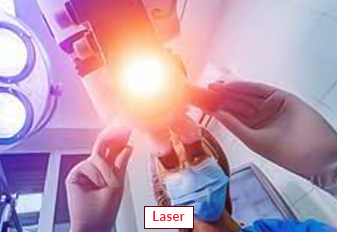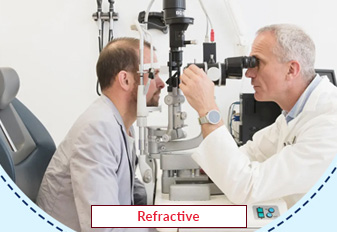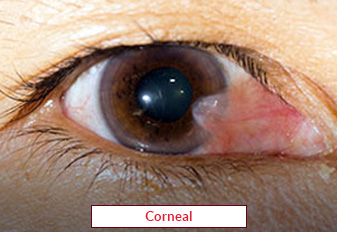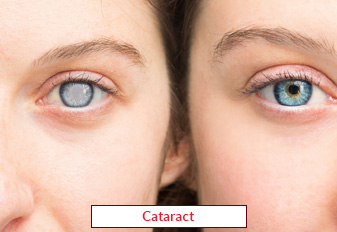Laser Surgery

Laser eye surgery, which some people call LASIK surgery, can correct several eyesight conditions. However, there are potential risks or side effects, and not everyone can have the procedure.
The eye has an outer layer called the cornea. Some people’s corneas can change their shape, leading to vision issues, such as astigmatism and myopia. Laser eye surgery is a medical procedure that reshapes this layer. LASIK stands for laser-assisted in situ keratomileusis and is the most common type of refractive eye surgery. It has become the most common treatment for refractive eye errors. The procedure involves lasers to reshape the cornea.
About Laser Eye Surgery
Laser eye surgery is usually an outpatient procedure, and patients can often return home the same day. The procedure is relatively quick and painless, and most patients can resume normal activities within a few days to a week. However, it's important to choose a qualified and experienced surgeon to ensure a safe and effective procedure, and to follow the surgeon's post-operative instructions carefully to ensure a smooth recovery.
The goal of this laser eye surgery is to correct your refractive error to improve your vision. LASIK eye surgery may reduce your need for eyeglasses or contact lenses. In some cases, it may even allow you to do without them completely. The surgery is quick, and people remain awake throughout the procedure. It is also usually painless — if a person experiences pain, it usually indicates there have been complications.
Procedure of Laser Eye Surgery
Laser eye surgery is such a type of refractive surgery that is used to correct vision problems such as astigmatism, farsightedness and nearsightedness. Here are the general steps involved in a typical laser eye surgery procedure:
Consultation: The first step is to schedule a consultation with an ophthalmologist or optometrist to determine if you are a good candidate for laser eye surgery. The doctor will perform a thorough eye examination and discuss your medical history and any vision problems you may have.
Anesthesia: Before the procedure, the doctor will administer eye drops to numb the eye and may also provide a mild sedative to help you relax.
Corneal flap creation: The surgeon will then create a thin flap in the cornea using a microkeratome or femtosecond laser.
Reshaping the cornea: The surgeon will use a laser to reshape the cornea by removing a small amount of tissue. The laser used may be either an excimer laser or femtosecond laser, depending on the type of procedure being performed.
Corneal flap repositioning: Once the cornea has been reshaped, the surgeon will reposition the corneal flap back into place and smooth it out.
Recovery: After the surgery, the patient may experience some discomfort, sensitivity to light, and blurred vision. The patient will need to use eye drops and avoid rubbing the eyes for several weeks after the procedure. The patient should also avoid strenuous activity for a few days after the surgery.
Require Assistance?
Get A Quick Callback From Our Healthcare Experts






